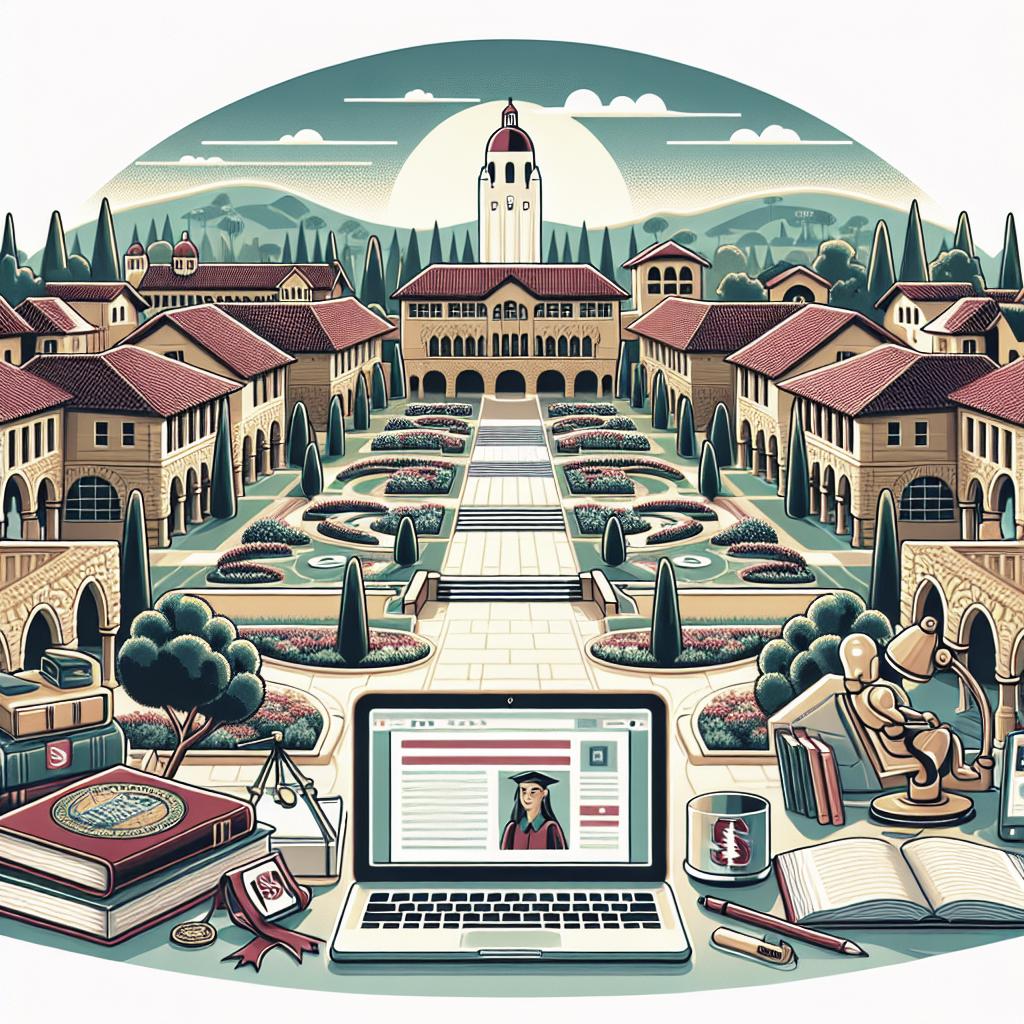“`html
How Does The Great Gatsby Criticize the American Dream?
F. Scott Fitzgerald’s “The Great Gatsby” is widely considered a profound critique of the American Dream—a concept that embodies the pursuit of happiness and success. Through the story of Jay Gatsby and his relentless pursuit of Daisy Buchanan, Fitzgerald unveils the illusions and disillusionments that accompany the quest for wealth and status. This exploration not only reveals the corruption and moral decay behind the glittering façade of affluence but also highlights the unattainable nature of the idealized dream. This blog post delves into the intricate ways Fitzgerald critiques this cornerstone of American ideology through vivid characters and symbolic elements within the novel.
Rather than an eager celebrant, Fitzgerald is a harsh critic of “the American dream” in his novel, The Great Gatsby.
Fitzgerald’s novel serves as a stark critique of the American Dream, an ideal built on the belief that anyone, regardless of background, can achieve success through hard work. While the dream celebrates ambition and prosperity, Fitzgerald exposes its darker underbelly—the corruption, disillusionment, and moral decay masked by a façade of wealth and luxury. The protagonist, Jay Gatsby, embodies this pursuit, transforming from a poor boy into a wealthy socialite, yet he discovers that wealth alone cannot fulfill his deeper desires or bring true happiness.
The novel’s setting in the Roaring Twenties—a period of economic prosperity and cultural change—further amplifies the critique. Fitzgerald illustrates how the American Dream becomes corrupted when mere financial gain overshadows ethical values and social responsibility. Characters like Tom Buchanan, who represents inherited wealth and privilege, highlight the inherent inequality and superficiality within society, thus challenging the very foundation of the dream that anyone can rise above social barriers purely through effort and determination.
Fitzgerald also uses symbols like the green light at the end of Daisy’s dock to represent Gatsby’s hope and quest for an idealized dream that remains out of reach. This image embodies the allure of the American Dream and its ultimate futility. Through these elements, Fitzgerald underscores the hollowness of relentless ambition when detached from meaningful purpose.
Cite This Work
The Great Gatsby by F. Scott Fitzgerald remains one of the most discussed works in American literature, often cited in scholarly articles, literary critiques, and academic texts. The novel’s in-depth exploration of themes like the American Dream and societal decay provides ample material for analysis, making it a staple in educational curricula.
For referencing this work in essays, reports, or research, the standard citation format in MLA might appear as: Fitzgerald, F. Scott. The Great Gatsby . Scribner, 1925. This serves as a primary source, with countless secondary sources available that examine the novel’s themes, historical context, and literary significance.
Fitzgerald’s nuanced portrayal of post-war American society and the illusory nature of the American Dream continues to inspire various interpretations and discussions, ensuring the novel’s presence in the academic sphere remains robust.
Related Services
For students and enthusiasts seeking further understanding of “The Great Gatsby” and its critique of the American Dream, numerous resources are available. Online platforms offer animated summaries, character analyses, and thematic explorations to facilitate comprehension. Study guides and literature courses often include modules focused on in-depth examinations of the novel.
Additionally, tutoring and essay-writing services can provide personalized assistance for those crafting research papers or seeking to deepen their analysis of the text. These services often involve interactive discussion sessions, detailed feedback and editing, and structured plans that align with educational goals.
For enthusiasts exploring beyond traditional academia, book clubs and literary forums enable fruitful discussions and collective insights on Fitzgerald’s critique, fostering community engagement and diverse interpretations.
DMCA / Removal Request
This blog post aims to educationally engage readers in the analysis of “The Great Gatsby” and its critique of the American Dream. We respect copyright laws and intellectual property rights, thus any content used within this post is intended for educational purposes only and adheres to fair use policies.
If there are concerns regarding copyright infringement or requests for content removal, please contact us directly. We promptly address legitimate concerns and ensure our content complies with legal standards to protect creators’ rights and contribute constructively to the literary community.
The impact of social media on youth culture in the 21st century.
Although not directly related to Fitzgerald’s work, understanding societal shifts such as the influence of social media on youth culture can provide contextual insights into modern interpretations of themes like identity and aspiration, which are central to “The Great Gatsby.” In the 21st century, social media revolutionizes how young individuals perceive success, often blurring the lines between reality and illusion in manners reminiscent of Gatsby’s own pursuits.
Social media platforms have created new spaces for identity exploration, where youths often craft idealized versions of themselves, seeking validation through likes and follows. This digital phenomenon mirrors Gatsby’s creation of an enigmatic persona in pursuit of acceptance and fulfillment, drawing a parallel to the novel’s reflection on ambition and authenticity.
Final Thoughts
| Aspect | Summary |
|---|---|
| Fitzgerald’s Critique | Fitzgerald critiques the American Dream by highlighting its corruption and the moral decay behind wealth. |
| Symbolism | Symbols such as the green light represent the unattainable nature of idealized dreams. |
| Historical Context | Set in the Roaring Twenties, the era amplifies the critique of ambition overshadowing ethics. |
| Modern Connections | Links to modern themes, such as social media’s impact on identity exploration and aspiration. |
“`


